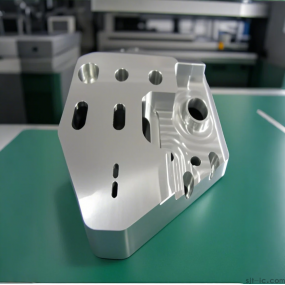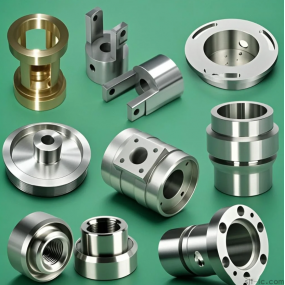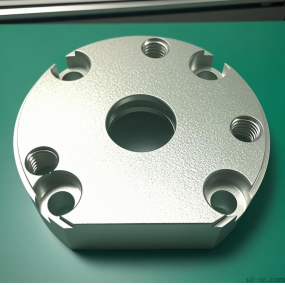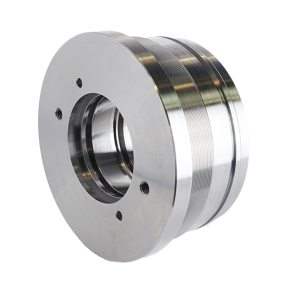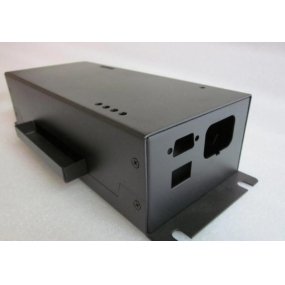The technical requirements of metal bending parts should be developed in the direction of messy structure, increased block size, more parts on related edges, larger bearing capacity and severe internal stress restrictions, which can promote the development of special stamping forming technologies. For example: hydraulic forming, fine forming, explosive forming, spinning forming, die-free forming, laser forming and electromagnetic forming technologies.
Metal bending parts planning indicators:
1. To meet the requirements of product usage and technical functions, and to facilitate assembly and repair.
2. It is conducive to improving the utilization rate of metal materials for metal bending parts, reducing the types and standards of materials, reducing the consumption of materials as much as possible, and using inexpensive materials where possible to make parts as waste-free and scrap-free as possible.
4. Hardware bending parts should be designed to be machined using existing equipment, process equipment, and processes as much as possible, and to extend the service life of the die.
This article is from EMAR Mold Co., Ltd. For more EMAR related information, please click: www.sjt-ic.com,
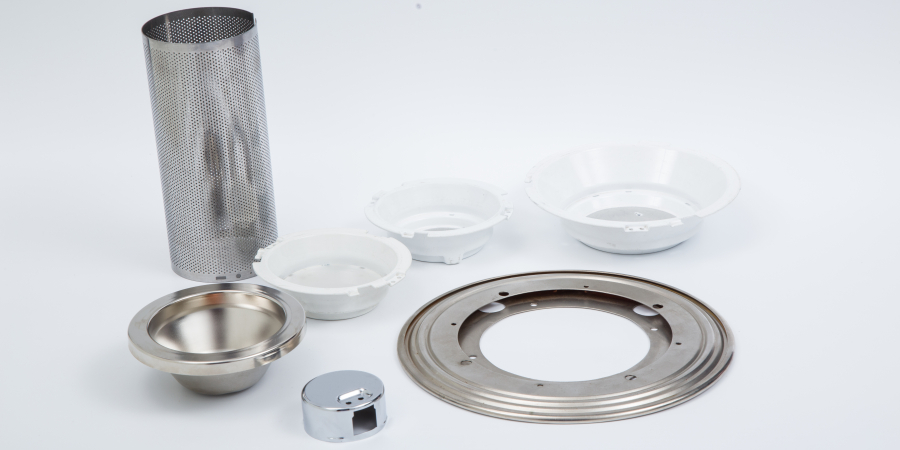


 Spanish
Spanish Arabic
Arabic French
French Portuguese
Portuguese Belarusian
Belarusian Japanese
Japanese Russian
Russian Malay
Malay Icelandic
Icelandic Bulgarian
Bulgarian Azerbaijani
Azerbaijani Estonian
Estonian Irish
Irish Polish
Polish Persian
Persian Boolean
Boolean Danish
Danish German
German Filipino
Filipino Finnish
Finnish Korean
Korean Dutch
Dutch Galician
Galician Catalan
Catalan Czech
Czech Croatian
Croatian Latin
Latin Latvian
Latvian Romanian
Romanian Maltese
Maltese Macedonian
Macedonian Norwegian
Norwegian Swedish
Swedish Serbian
Serbian Slovak
Slovak Slovenian
Slovenian Swahili
Swahili Thai
Thai Turkish
Turkish Welsh
Welsh Urdu
Urdu Ukrainian
Ukrainian Greek
Greek Hungarian
Hungarian Italian
Italian Yiddish
Yiddish Indonesian
Indonesian Vietnamese
Vietnamese Haitian Creole
Haitian Creole Spanish Basque
Spanish Basque

